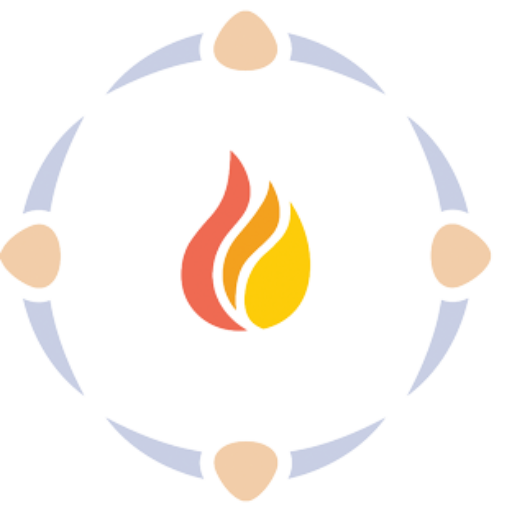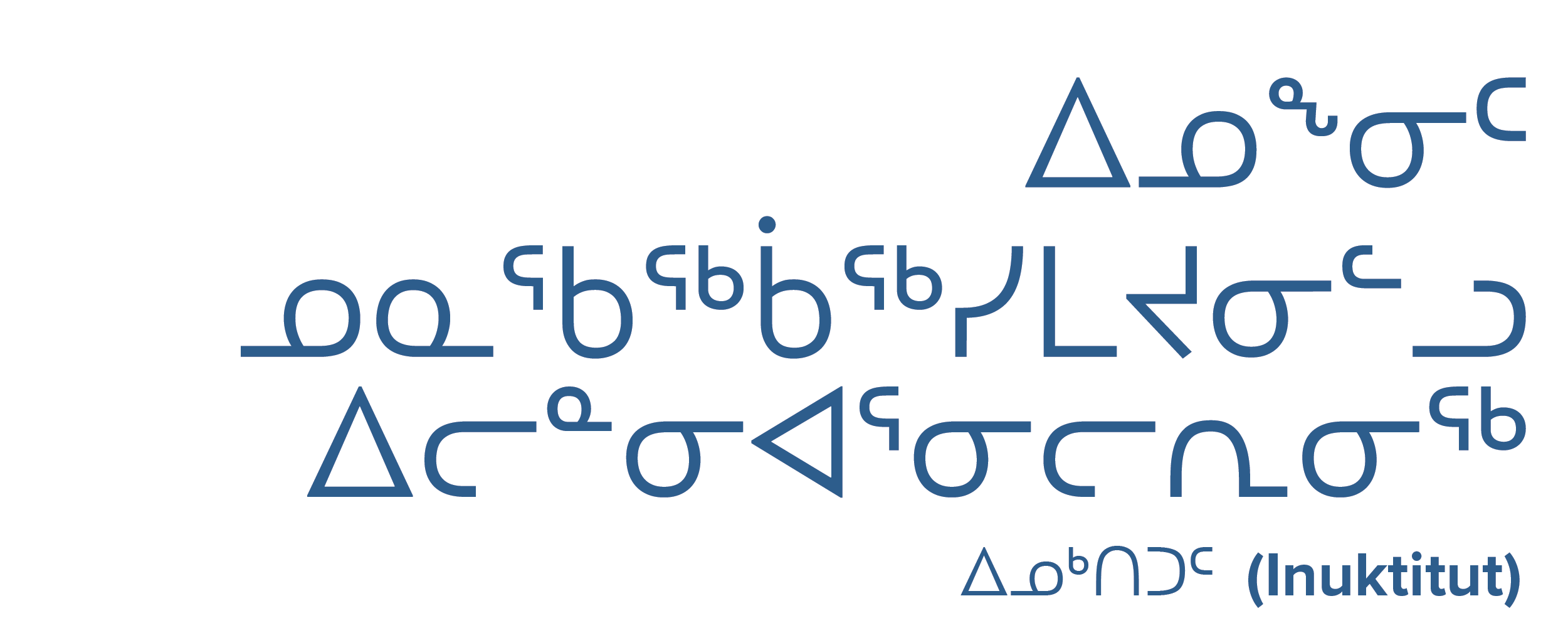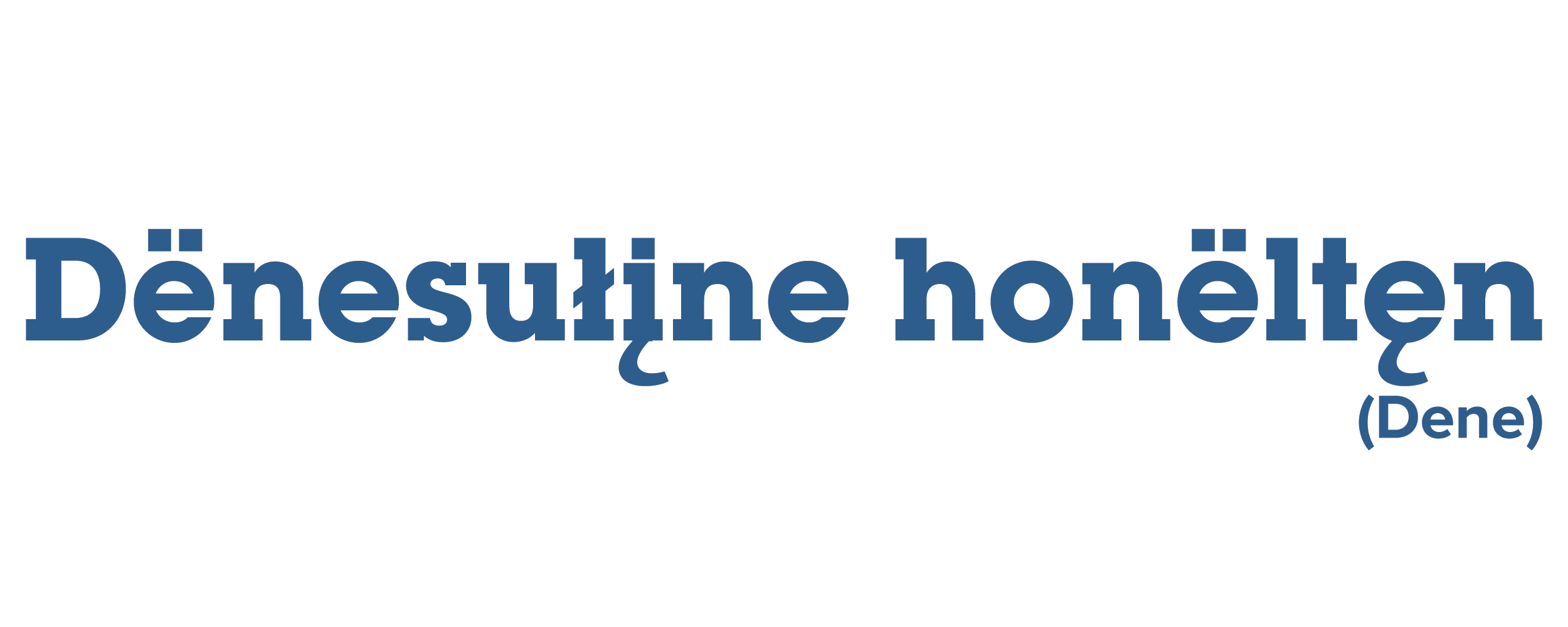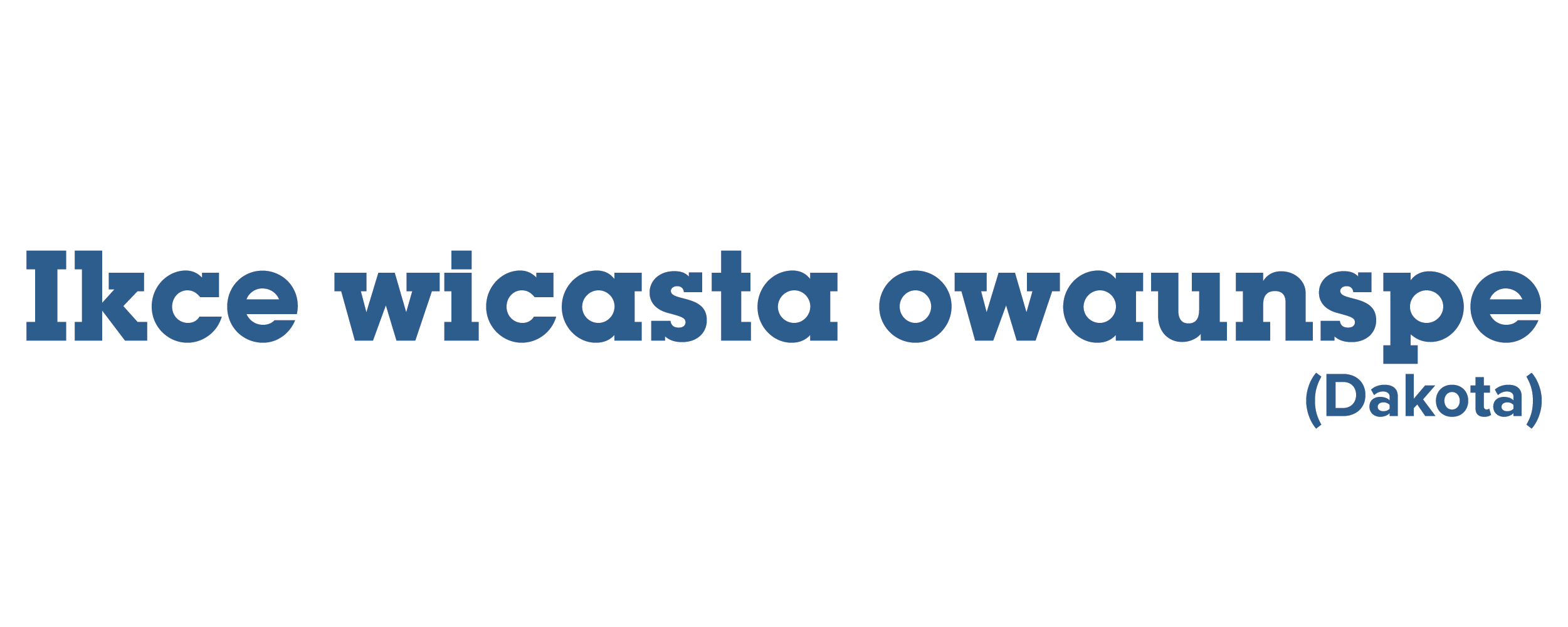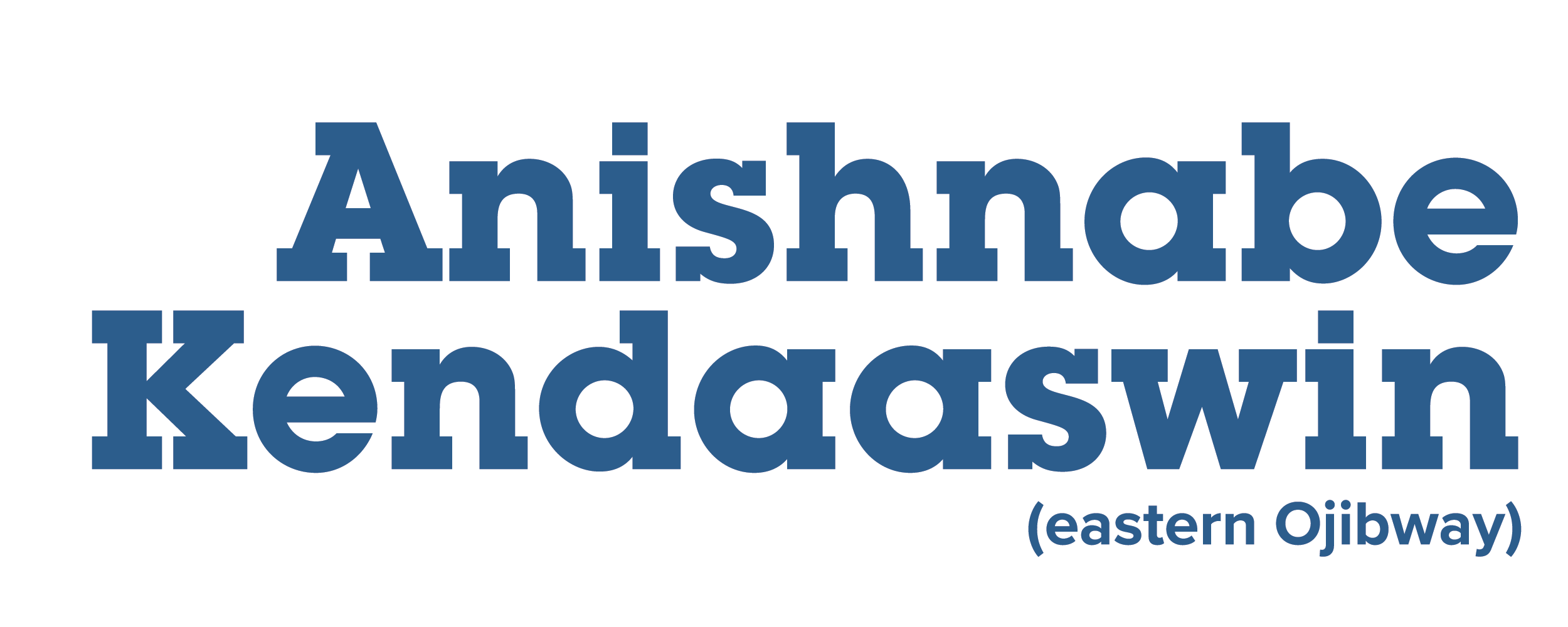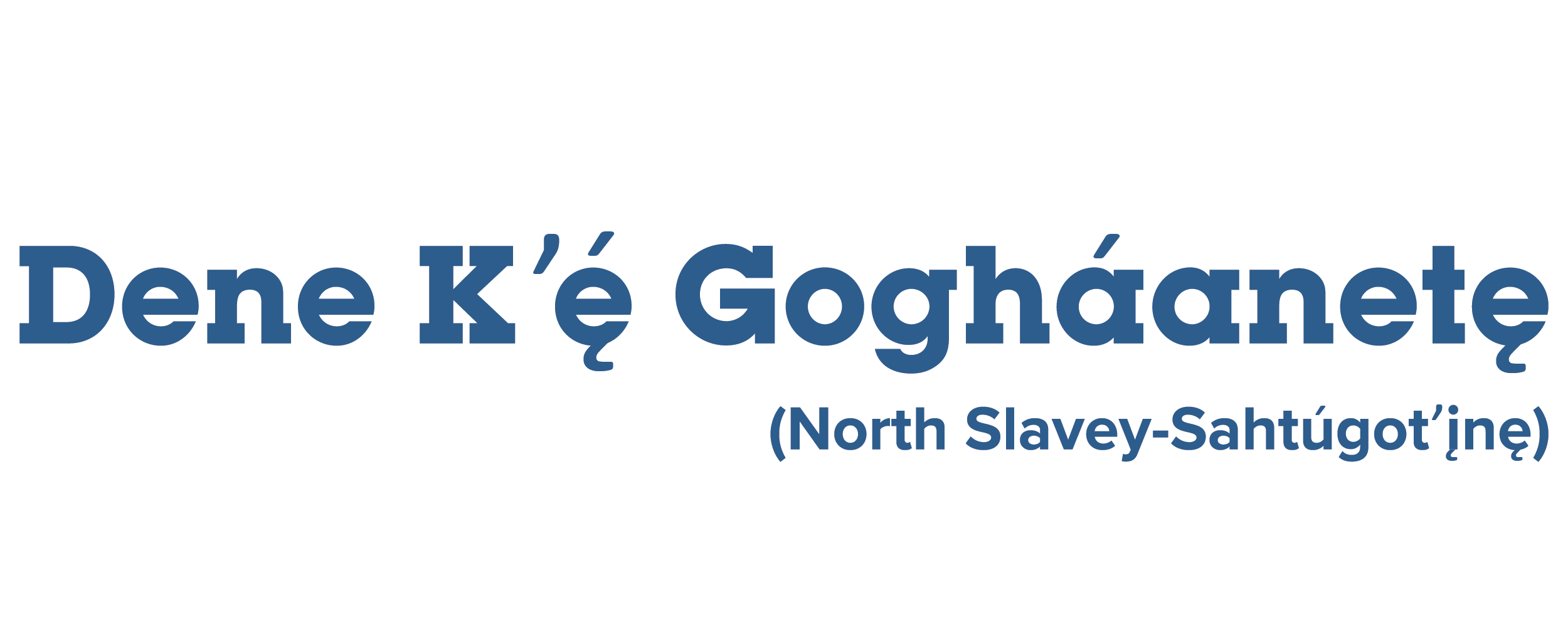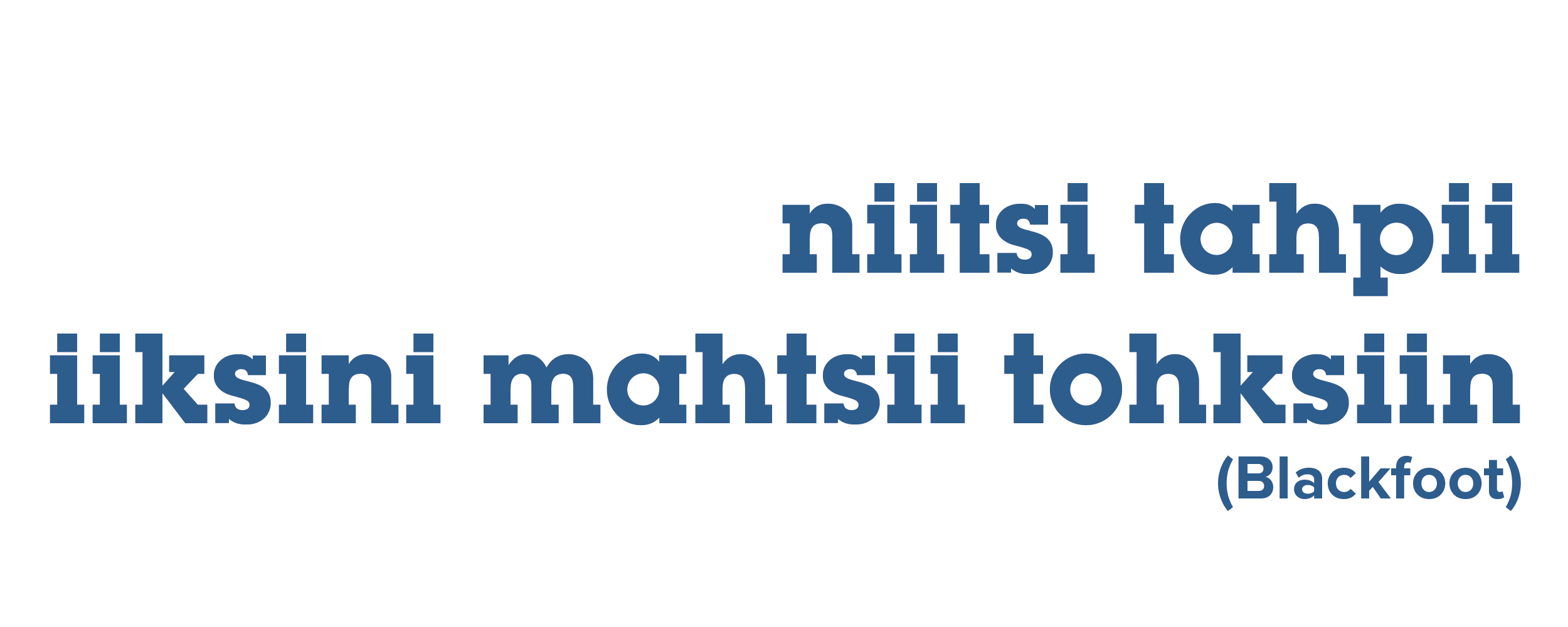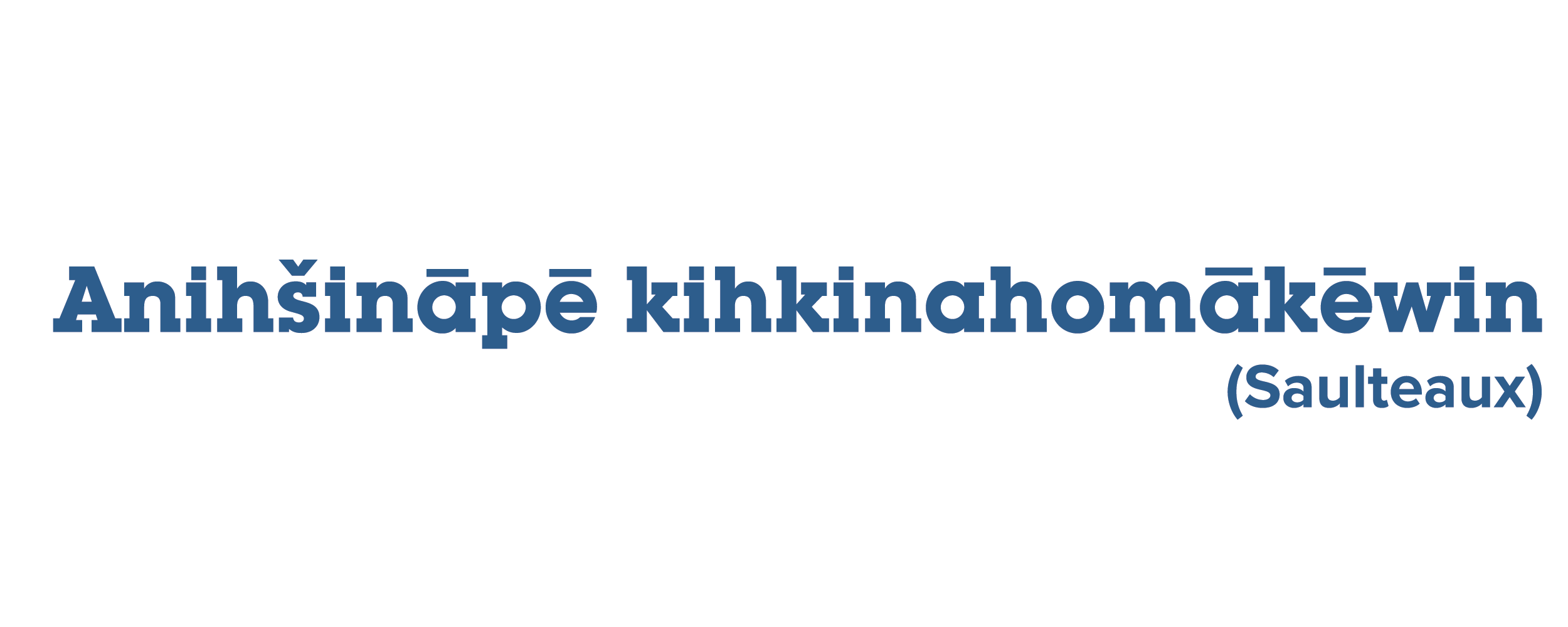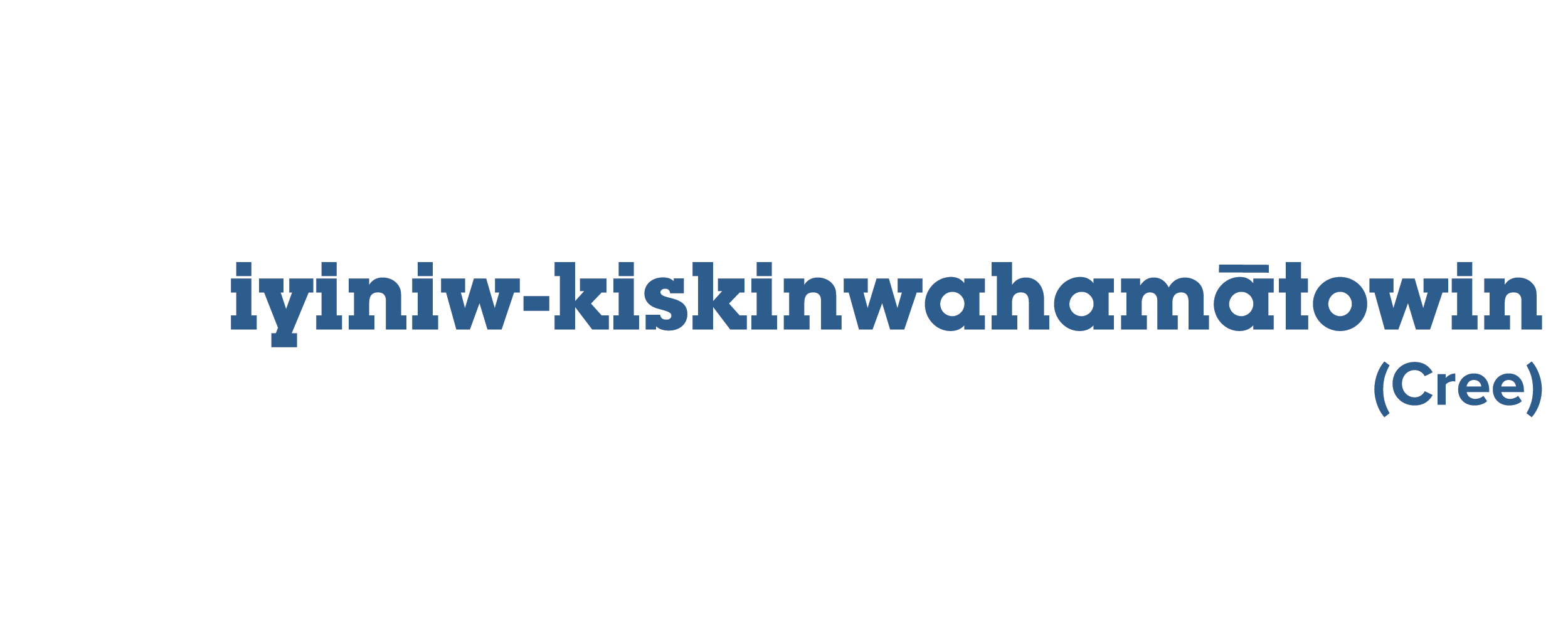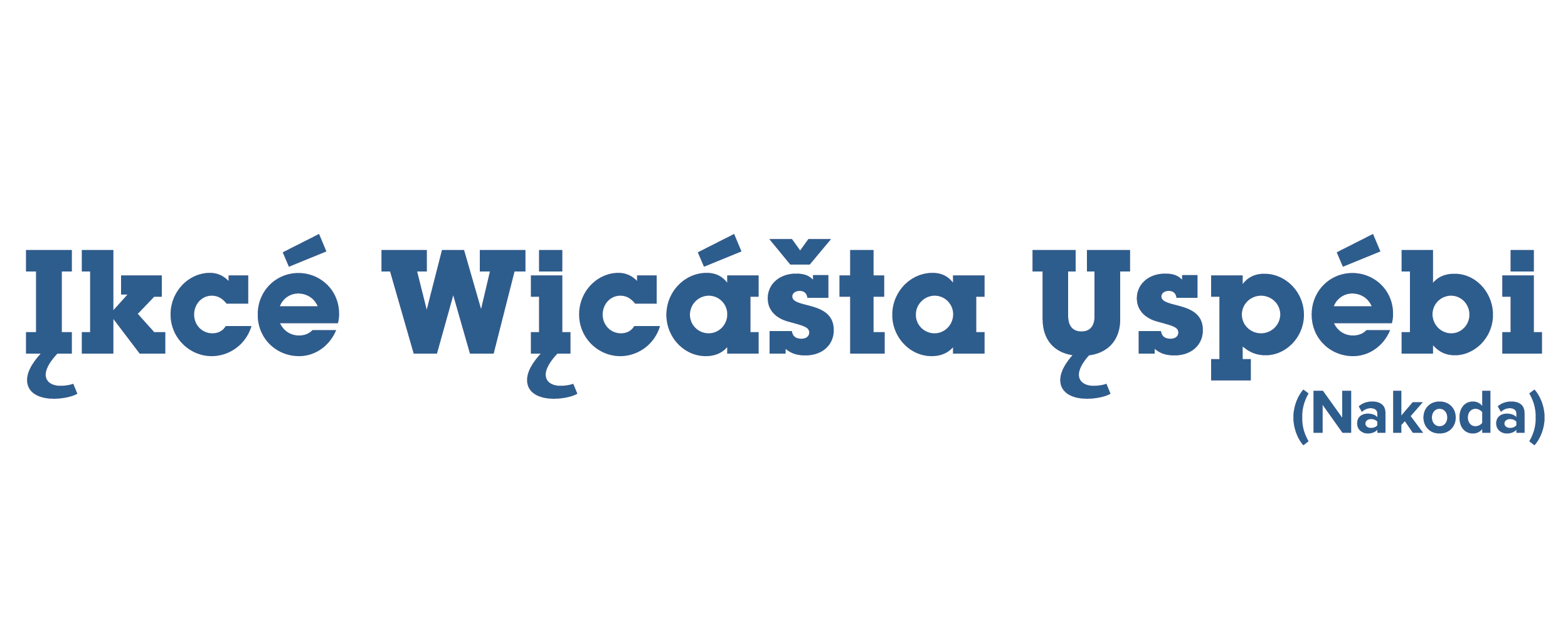Posted on mars 30, 2021 by Steffany Salloum
Elder Willie Ermine from Sturgeon Lake First Nation shares about the process of community development and how possibilities like Harvest Days come to fruition in his community.
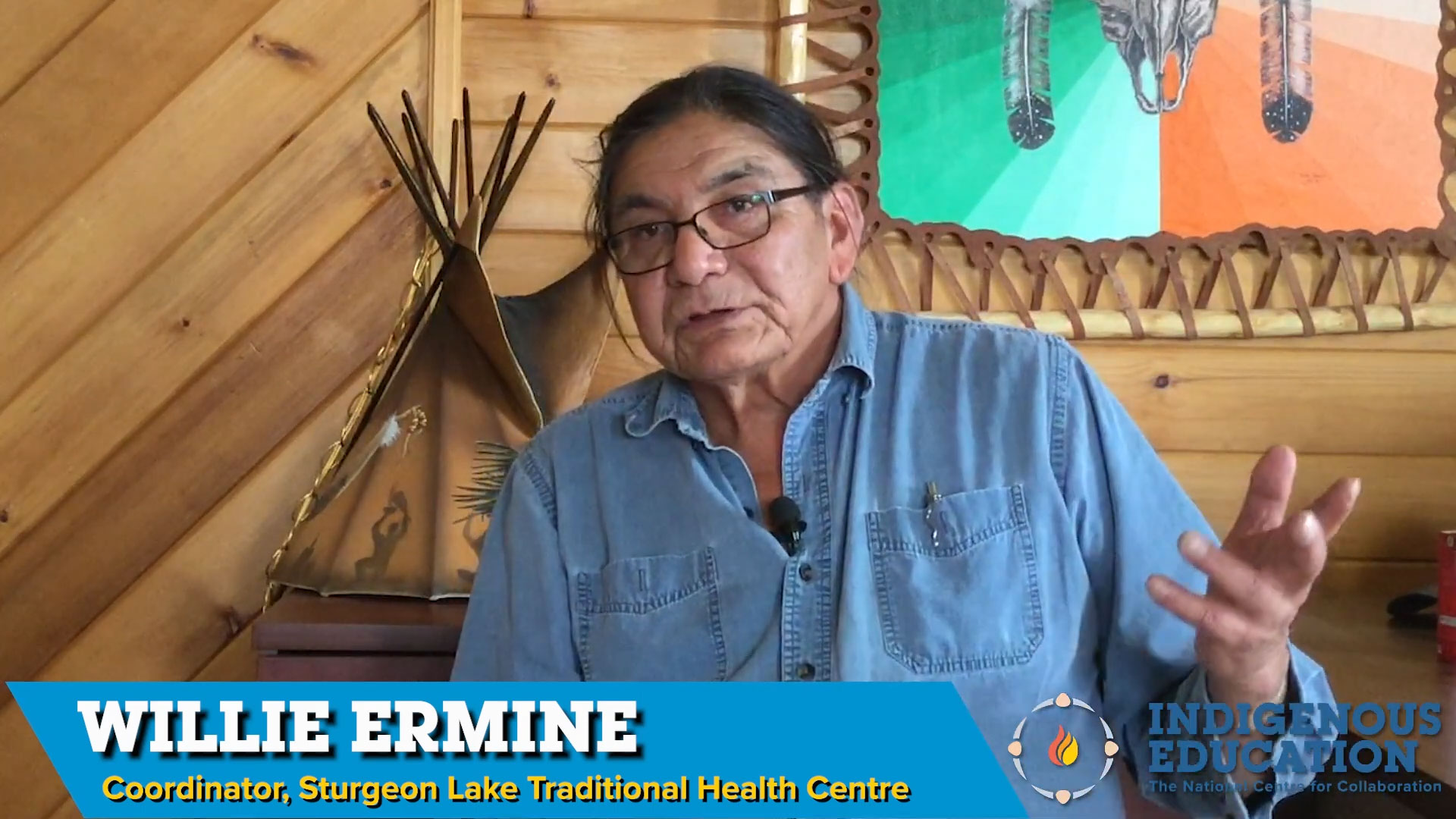
Elder and ceremonialist, Willie Ermine, from Sturgeon Lake First Nation is the Traditional Health Coordinator at the Lloyd Johnson Memorial Healing Lodge. It is through the Elder’s Council and the work of the Healing Lodge that brings Sturgeon Lake community members together. Ermine discusses the history of his community and shares about the uniqueness of community members. The people are special and it is with the gifts of the people that will determine what is possible. By extracting the memory of the community he hopes that community members will see themselves in the history and will find strength in that knowledge.
Case Study: Sturgeon Lake Traditional Health Program
Posted on by Steffany Salloum
Sturgeon Lake First Nation community members reflecting on Harvest Days during the COVID-19 pandemic.
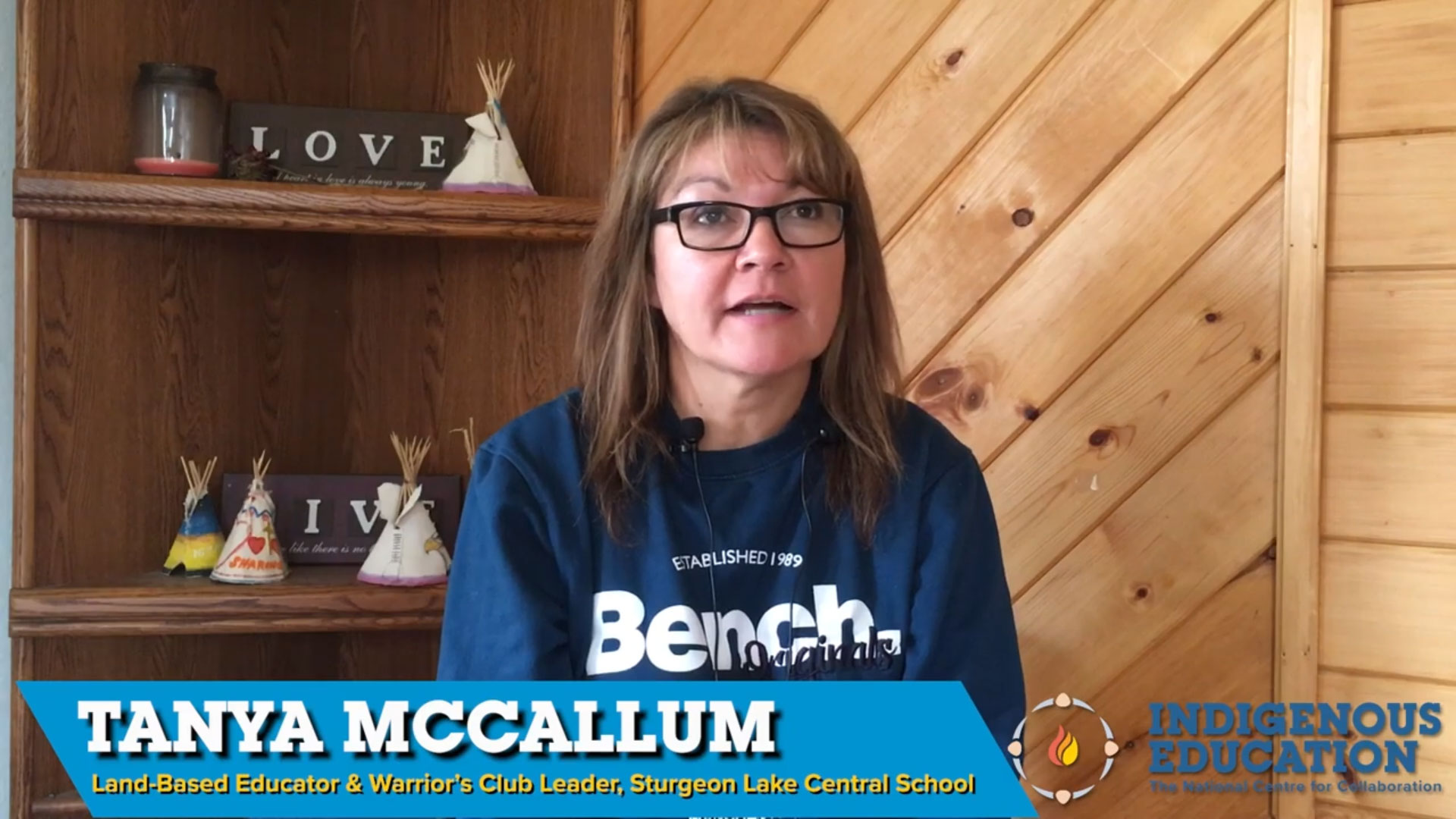
Harvest Days is an example of what is possible – community members came together at the Healing Lodge, over the course of a week, and between young and old, they hunted, fished, picked berries, processed food, prepared medicines and drank pandemic immunity. Their efforts to support their community during a pandemic and their commitment to teaching the youth about land-based learning, community, and traditional health is shown in their food security preparations.
*Disclaimer: This video deals wth the processing of deer, moose, and fish for preservation and has graphic content.
Posted on janvier 29, 2021 by Steffany Salloum
The Warrior’s Club is a land-based education group that meets bi-monthly to learn experientially about the land.
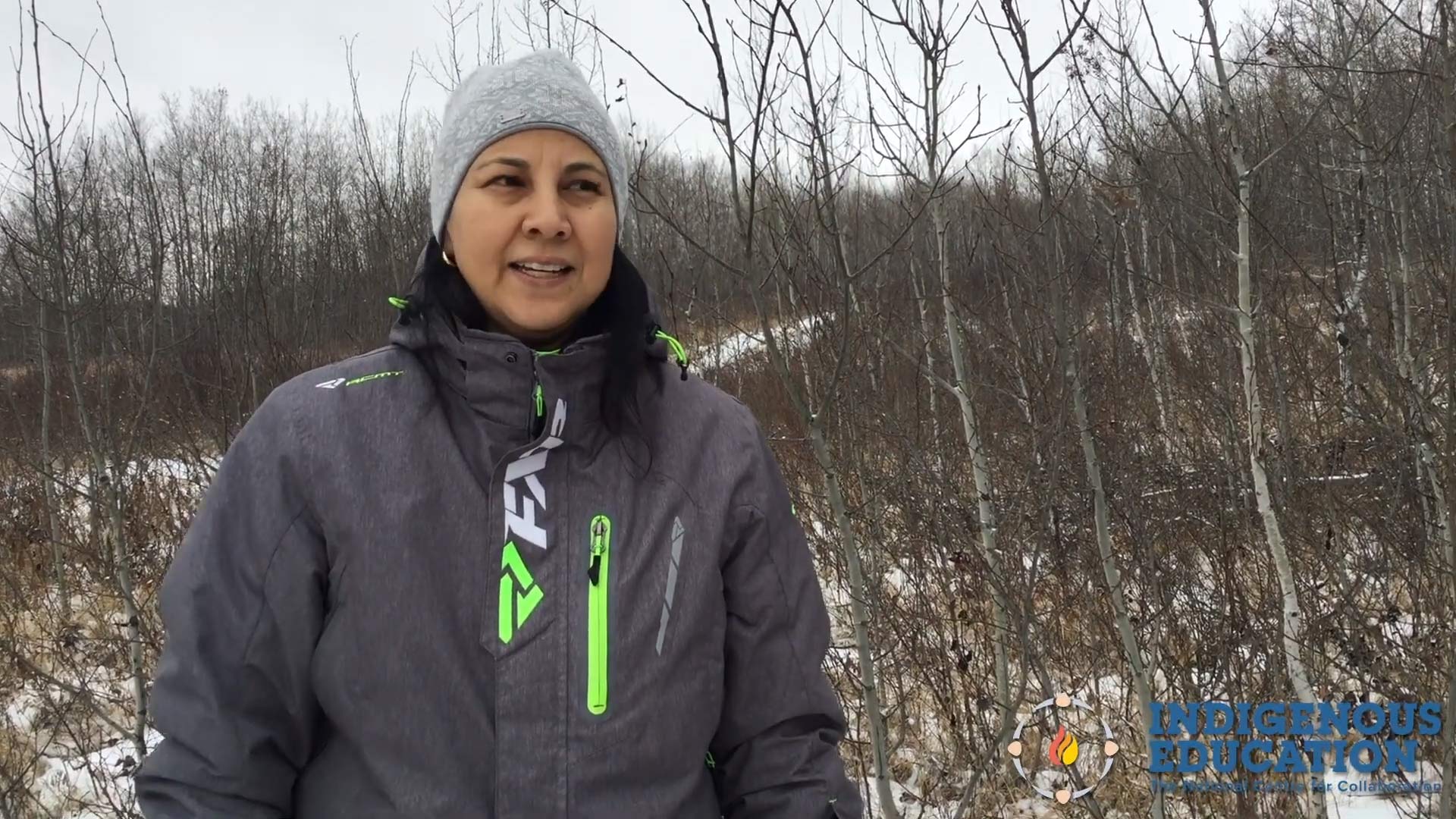
Tanya McCallum, is one of the land-based instructors at Sturgeon Lake Central School who help leads a Warrior’s Club for Indigenous male youth ages 11-15, she along with Lionel McKenzie. The Warrior’s Club educates youth and encourages them to develop a relationship with the land. Between the skills that they develop and the connections they make, the activities they engage in are meant to empower the next generation of men. The Club meets twice a month and engages in the following activities: camping, snaring, harvesting deadfall from the bush and chopping the wood, fire keeping, fishing, ice fishing, kayaking, canoeing, history lessons, and Cree language instruction.
Recently, the boys received chainsaw and axe safety lessons prior to using the equipment. After that, they were able to harvest the deadfall from the bush, chop the wood, and deliver the chopped wood to Elders and families in the community who were struggling financially. The boys are eager to provide this service to their community and the community members value the youth for their efforts.
This program has been made possible since 2017 due to the collaboration between Belinda Daniels and her uncle Velmer Ermine, who write up the grants and reports for and through Jordan’s Principle. This is a community collaboration, a ‘grassroots’ initiative between all who all support the program and the youth involved, and a special gratitude to the numerous guest speakers who enrich this program throughout all of the years.
Posted on mai 7, 2020 by John Vallely
An Elder, who is preparing Anishinaabe people to be responsible, knowledgeable about their culture, creation and to show us our own personal role in Creation.
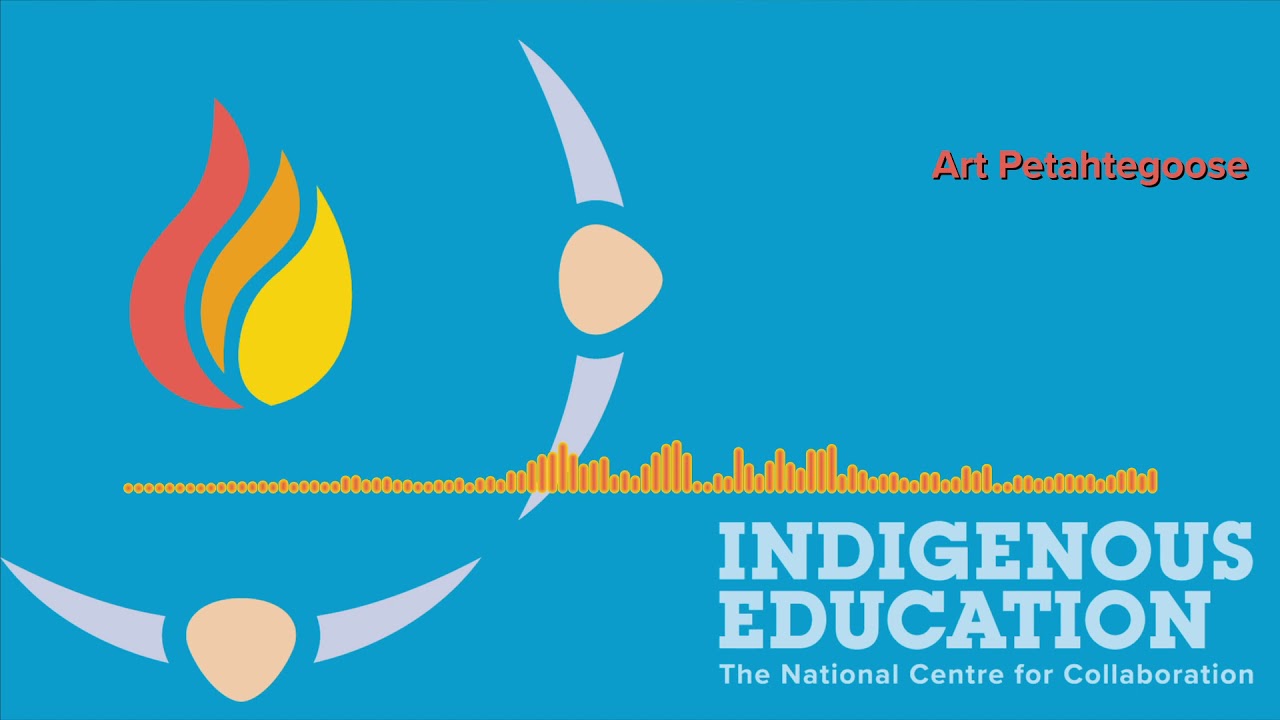
An Elder, who is preparing Anishinaabe people to be responsible, knowledgeable about their culture, creation and to show us our own personal role in Creation.
Posted on mars 24, 2020 by Steffany Salloum
Founder of kâniyâsihk Culture Camps, Kevin Lewis believes that land-based education is an important way for Cree and non-Indigenous people to (re)connect with culture and identity.
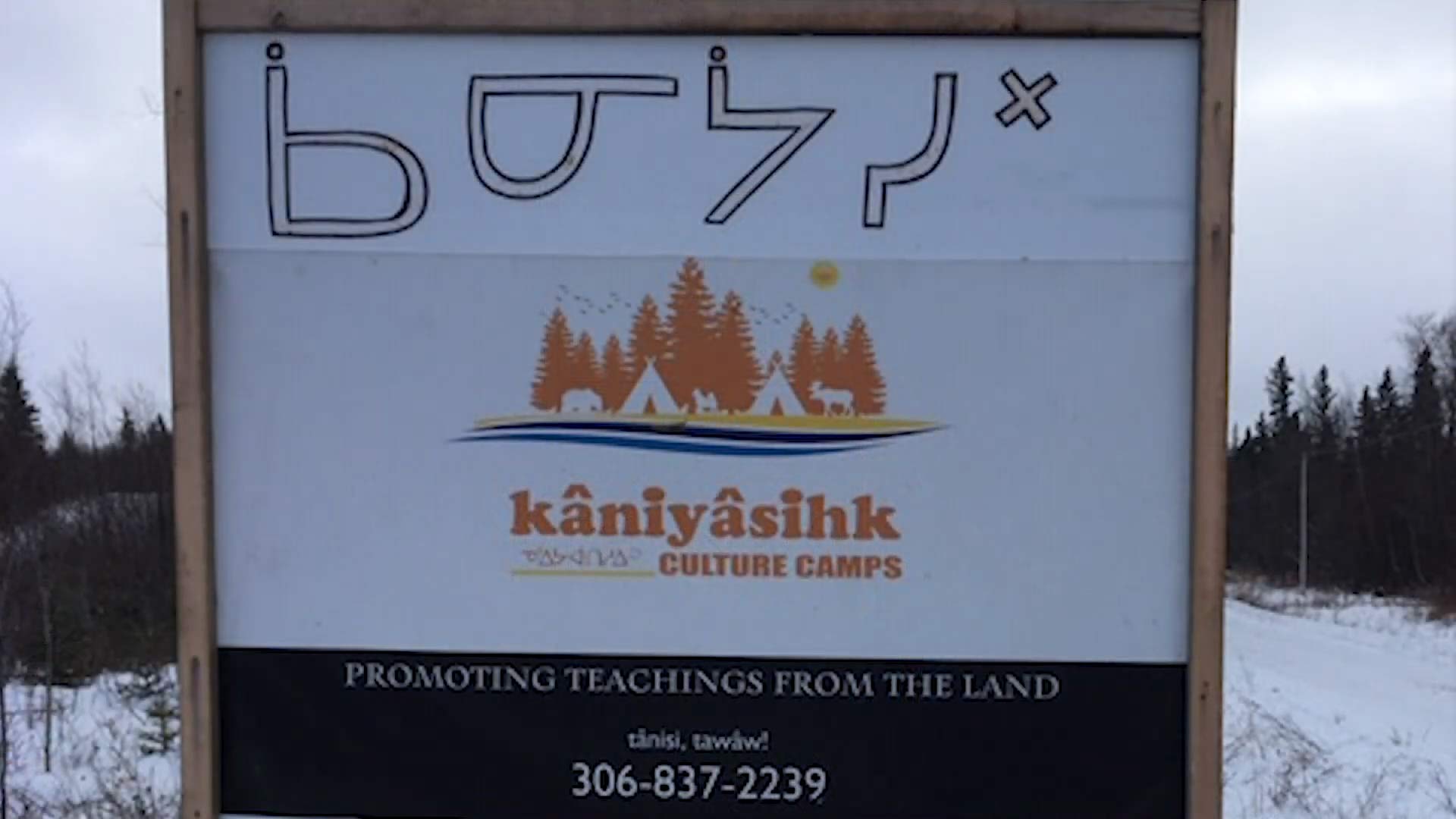
Within the last two decades, the kâniyâsihk Culture Camps at Ministikwan Lake Cree Nation have evolved from providing fall culture camps where participants took part in fishing and hide tanning to offering camps throughout all seasons and to anyone who wants to learn nehiyo (Cree) culture. Founder, Kevin Lewis explains that at kâniyâsihk Culture Camps participants take part in land-based learning that involves connecting with Elders, knowledge keepers, land keepers, medicine keepers, and berry pickers in their community. By sharing this wealth of knowledge with participants they begin to learn how to be self-sufficient and independent. Some of the many things done at camp include: learning Cree; harvesting plants for medicines; fishing and snaring; hide tanning; preserving moose, deer, elk, and fish; woodworking and building dog sleds, toboggans, birch bark canoes, snowshoes, and paddles; dog sledding; and participating in the Sun Dance, Sweat Lodge, and Chicken Dance ceremonies. The camp offers an immersive experience in nehiyo culture and Lewis hopes that more culture camps become available to people, especially for those living in urban areas.
Click here for more information about kâniyâsihk Culture Camps.
Posted on mars 2, 2020 by Marion Erickson
Hailey Prince details the Nak’azdli Cultural Centre’s aims and initiatives of capturing and maintaining Dakelh traditional knowledge through methods of traditional knowledge transfer from Elders. The centre offers programs and classes that are focused on strengthening areas of traditional Dakelh knowledge. Classes include teaching Dakelh language; drums, rattles, snowshoes, shawls, vests, baskets making; as well, […]
Hailey Prince details the Nak’azdli Cultural Centre’s aims and initiatives of capturing and maintaining Dakelh traditional knowledge through methods of traditional knowledge transfer from Elders. The centre offers programs and classes that are focused on strengthening areas of traditional Dakelh knowledge. Classes include teaching Dakelh language; drums, rattles, snowshoes, shawls, vests, baskets making; as well, learning traditional ways of hunting, trapping, and fishing. Among being a place of teaching and learning, the Cultural Centre is a support system to the community through ensuring all those in need are cared for. A food hamper program is an example Hailey describes as one way the centre ensures those in need are cared for. All donations given to the centre are offered to families in need. Traditional knowledge retention and community support are just some of the areas in which Hailey Prince views the Nak’azdli centre as an area of success in Indigenous education.
Posted on octobre 2, 2019 by Anne Marie Jackson
This is one in a set of three videos that talk about life along the Deh Cho (Mackenzie River) and learning to fish.
Passing on knowledge to the next generation about living in ‘the bush’, learning how to camp and how to fish, is important to the Sahtu people of the Deh Cho (Mackenzie River). The people in this video talk about what it means to them to be able to spend time together away from town and for the grandparents to be able to teach their children and grandchildren how to make camp, catch and dry fish, and more. As Judy Lafferty says, “They have to learn for survival . . . It’s our place to teach them, as parents and grandparents.”
Special thanks to (in order of appearance):
- Dennita Lafferty, Participant
- Anna Turo, Participant
- Judy Lafferty, Mentor
- Wilma Manuel, Participant
- Leon Turo, Mentor
- Michel Lafferty, Mentor
As well, special thanks to:
- Anne-Marie Jackson, NCCIE Videographer and Contributor
- Christopher White, Promethean Heritage and Cultural Services, Video Editor
- Andrée Cazabon, Productions Cazabon, Producer
This video and two others in this series are also part of ‘Tracking Change: the Role of Local and Traditional Knowledge in Watershed Governance’, a project that includes listening to Indigenous peoples along the Mackenzie, Mekong, and Amazon Rivers to gather information about “long term (historic and current) patterns of social and ecological change and the interconnections between the health and dynamics of these river systems and that of river communities.” (source: www.trackingchange.ca/about)
Posted on juillet 29, 2019 by Anne Marie Jackson
Essential to living along the De Cho is having a firm grasp on the life skill of fishing; a skill that is passed down from one generation to another.
The people of K’asho Got’ine (Fort Good Hope) harvest fish from the Deh Cho (the Mackenzie River) and pass this knowledge on from generation to generation. Although fish-harvesting techniques have changed throughout colonization and amongst generations, some people still retain important practices that do not separate them from the land. Harvesters like Judy and Michel, the Elders in this video, are one of a few families who still practice land-based harvesting ‘out on the land’ in specific harvesting camps outside the community. One change in harvesting techniques that has become more common is harvesting within the community. With full-time jobs and their children committed to education, it is difficult for those who harvest to go ‘out on the land’ for extended periods of time. Some find it more accessible to set nets close to the community and harvest outside their houses with teepees at their doorstep. Other inevitable changes to traditional harvesting techniques include adapting to non-traditional tools with the help of technology and modern materials. Amidst all of these changes in traditional harvesting practices and techniques, Judy and Michel, the Elder teachers, still emphasize the importance for them to remain each year harvesting fish ‘out on the land,’ hence – “Luge k’e rahtse deh, we live with the fish.”
Special thanks to (in order of appearance):
- Wilma Manuel, Participant
- Judy Lafferty, Mentor
- Michel Lafferty, Mentor
- Anna Turo, Participant
As well, special thanks to:
- Anne-Marie Jackson, NCCIE Videographer and Contributor
- Christopher White, Promethean Heritage and Cultural Services, Video Editor
- Andrée Cazabon, Productions Cazabon, Producer
This video and two others in this series are also part of Tracking Change: the Role of Local and Traditional Knowledge in Watershed Governance, a project that includes listening to Indigenous peoples along the Mackenzie, Mekong, and Amazon Rivers to gather information about “long term (historic and current) patterns of social and ecological change and the interconnections between the health and dynamics of these river systems and that of river communities.” (Source)
Posted on juillet 4, 2019 by John Vallely
To teach culture, history and music. To have access to what could be considered a privilege offered at the library, pow-wow grounds, school settings and at the band office, throughout the year. All community members can access the programs, in and around the City of Greater Sudbury. Mary also offers translation services as well. Mary […]
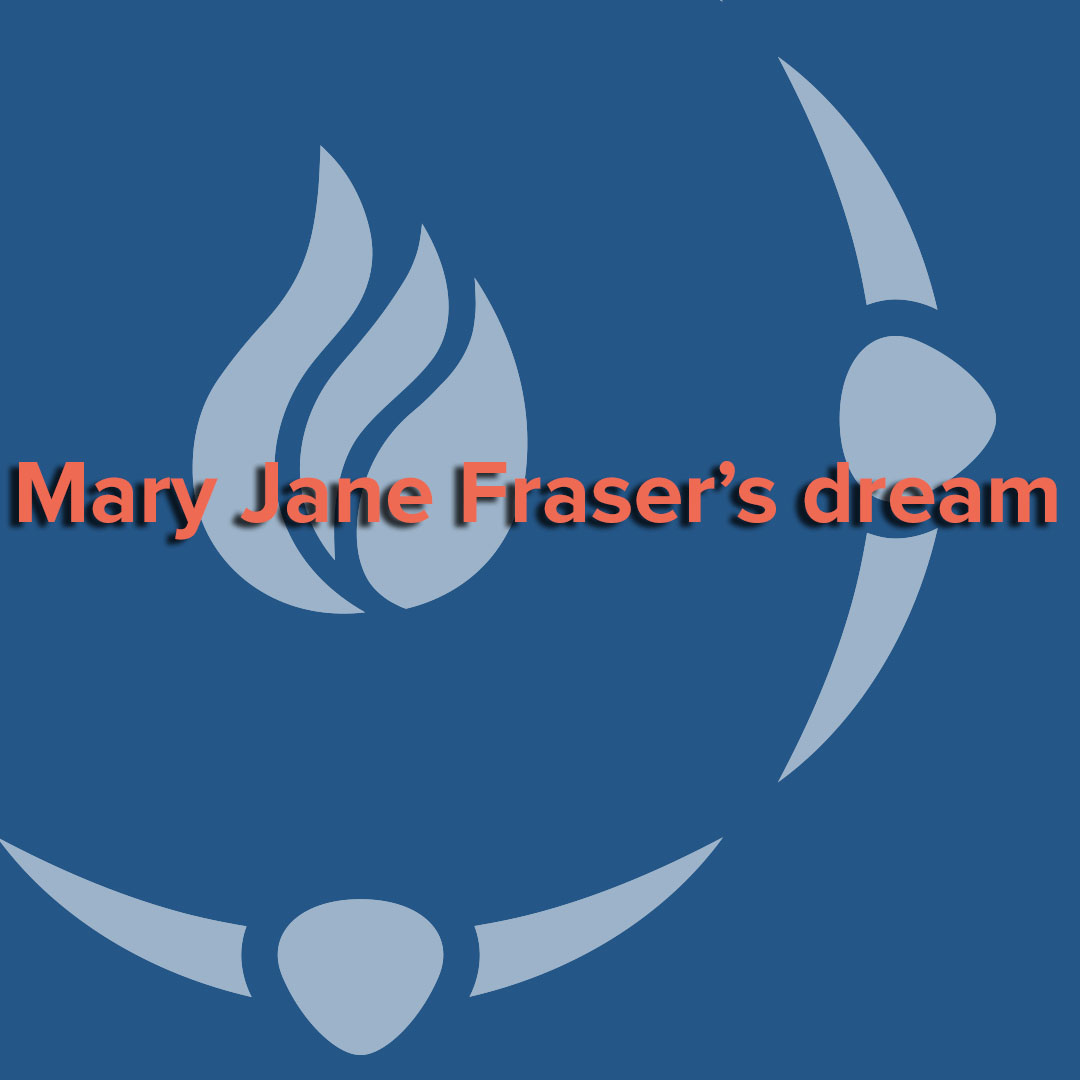
To teach culture, history and music. To have access to what could be considered a privilege offered at the library, pow-wow grounds, school settings and at the band office, throughout the year. All community members can access the programs, in and around the City of Greater Sudbury. Mary also offers translation services as well. Mary has a four year project offering story knowledge of Creation in partnership with Sudbury Symphony Proponent for Native content in libraries. Where there is a designated section.
Posted on juin 25, 2019 by Sarah Avaala
Piqqusilirivvik is a cultural education centre that delivers various courses about Inuit culture to community members.
The Piqqusilirivvik centre is located in Clyde River with satellite programs in Baker Lake and Igloolik. Here, coordinator Silas Arngna’naaq talks about the different courses they offer in Baker Lake. Baker Lake is in the region of the caribou Inuit and is the only inland settlement in Nunavut. Silas talks about the variety of cultural skills that are taught within the program such as: traditional tool making, Iglu building, caribou skin preparation, fox trapping, caribou hunting, and fishing through the ice.
